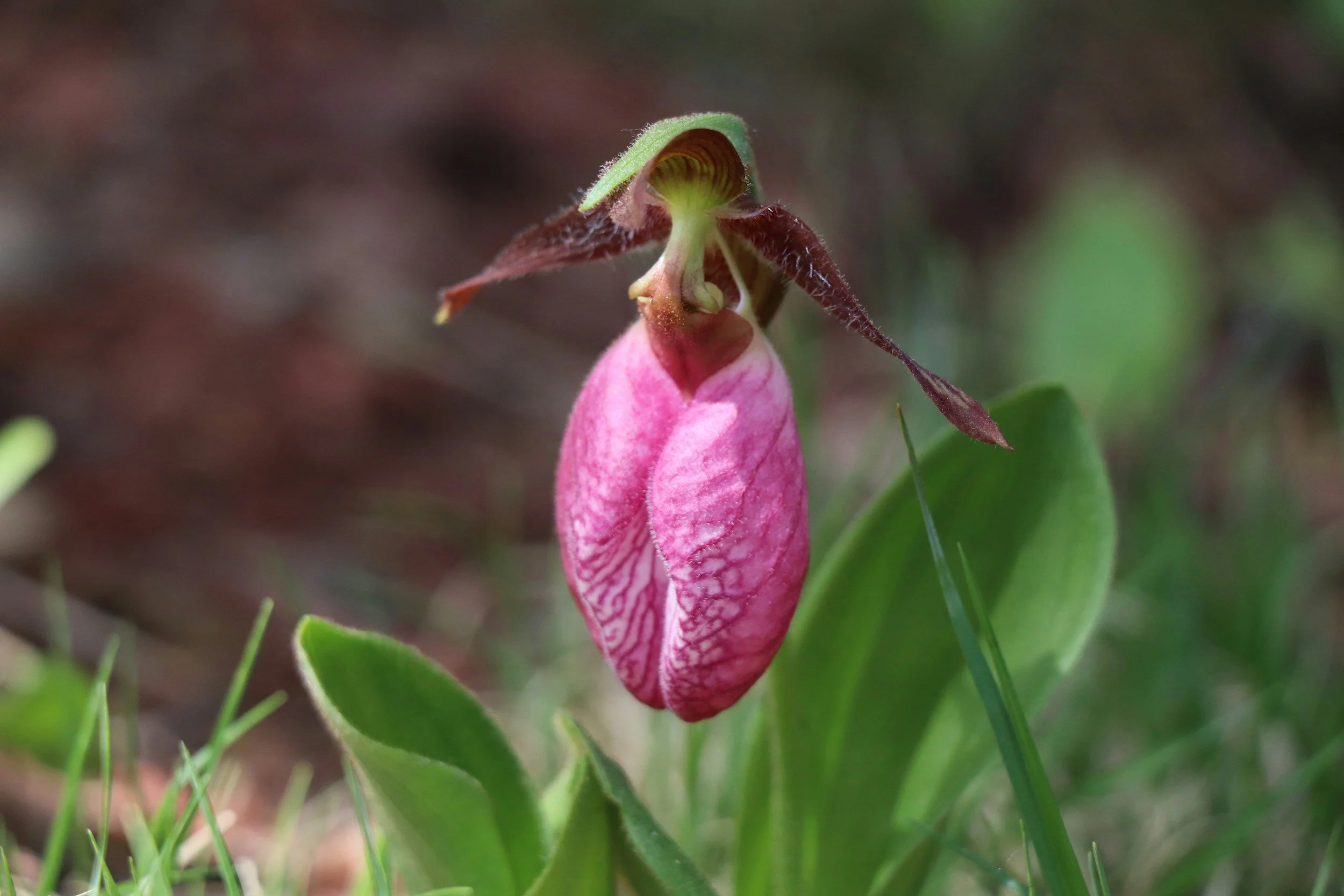
From Seed to Soil
Native Plant Conservation
-

Native Orchids
The Blue Ridge Biodiversity Conservancy also plans to focus on the preservation and propagation of native orchids. Once licensed and permitted, we will work to cultivate and protect these delicate plants, some of which are threatened by habitat loss and development. Our vision includes creating sustainable growing programs that showcase the beauty and ecological importance of native orchids, while also exploring opportunities to responsibly reintroduce them into suitable habitats.
-

Native Carnivorous Plants
In addition to our animal and orchid programs, we intend to focus on the conservation of native carnivorous plants—rare species that face significant threats from habitat loss and poaching. Once licensed and permitted, efforts will center on propagating and protecting species such as pitcher plants, sundews, and Venus flytraps, ensuring their survival both in cultivation and in the wild.
-

Native Plant Education
Looking ahead, we plan to expand our conservation efforts through community education focused on native plants, with a special emphasis on native orchids and carnivorous plants. Once licensed, the Conservancy will develop workshops, presentations, and outreach materials to teach the public about the importance of protecting these rare and ecologically significant species.
FAQs
-
Not yet. We’re a fledgling nonprofit building facilities and securing required permits/certifications. We’ll post updates and an opening date on this page.
-
Keep it warm, dark, and quiet. Please do not feed or give water. If you have found an orphaned or injured songbird, please follow this guide.
-
Not during our start-up phase. Wildlife facilities limit visitors to reduce stress and disease risk. We’ll share occasional open-house dates once we’re authorized.
-
We follow peer-reviewed science and professional standards, document outcomes, and continuously improve our methods. For birds, that means vet-guided rehabilitation protocols and release criteria. For plants, it means ethical, disease-free propagation and habitat-appropriate conservation methods—always measured, always improving.